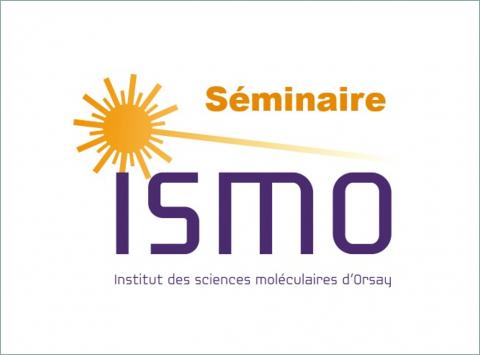
Séminaire d’Oliver S. Wenger en MODE HYBRIDE
Photoredox mechanisms and photocatalyst development
Oliver S. Wenger
Department of Chemistry, University of Basel, Switzerland
This first half of this talk will concentrate on the application of transient UV-Vis absorption spectroscopy to elucidate photoredox mechanisms, with particular focus on the usefulness of triplet-triplet annihilation upconversion for challenging reduction reactions. By combining the energy input from two photons, a variety of reductive dehalogenation and detosylation reactions requiring very negative reduction potentials become achievable using long-wavelength irradiation instead of UV light.
The second half of the talk will focus on recent advances in the development of precious metal-based sensitizers for triplet energy transfer catalysis, and on the development of new luminophores and photocatalysts based on first-row transition metals. This will include conceptually new types of coordination compounds made from manganese, cobalt, and chromium, which complement the well-known photophysical and photochemical properties of traditional ruthenium- or iridium-based complexes.
Contact pour demander le lien :
http://www.ismo.universite-paris-saclay.fr/spip.php?article2737
Photoredox mechanisms and photocatalyst development
Oliver S. Wenger
Department of Chemistry, University of Basel, Switzerland
This first half of this talk will concentrate on the application of transient UV-Vis absorption spectroscopy to elucidate photoredox mechanisms, with particular focus on the usefulness of triplet-triplet annihilation upconversion for challenging reduction reactions. By combining the energy input from two photons, a variety of reductive dehalogenation and detosylation reactions requiring very negative reduction potentials become achievable using long-wavelength irradiation instead of UV light.
The second half of the talk will focus on recent advances in the development of precious metal-based sensitizers for triplet energy transfer catalysis, and on the development of new luminophores and photocatalysts based on first-row transition metals. This will include conceptually new types of coordination compounds made from manganese, cobalt, and chromium, which complement the well-known photophysical and photochemical properties of traditional ruthenium- or iridium-based complexes.
Contact pour demander le lien :
http://www.ismo.universite-paris-saclay.fr/spip.php?article2737
